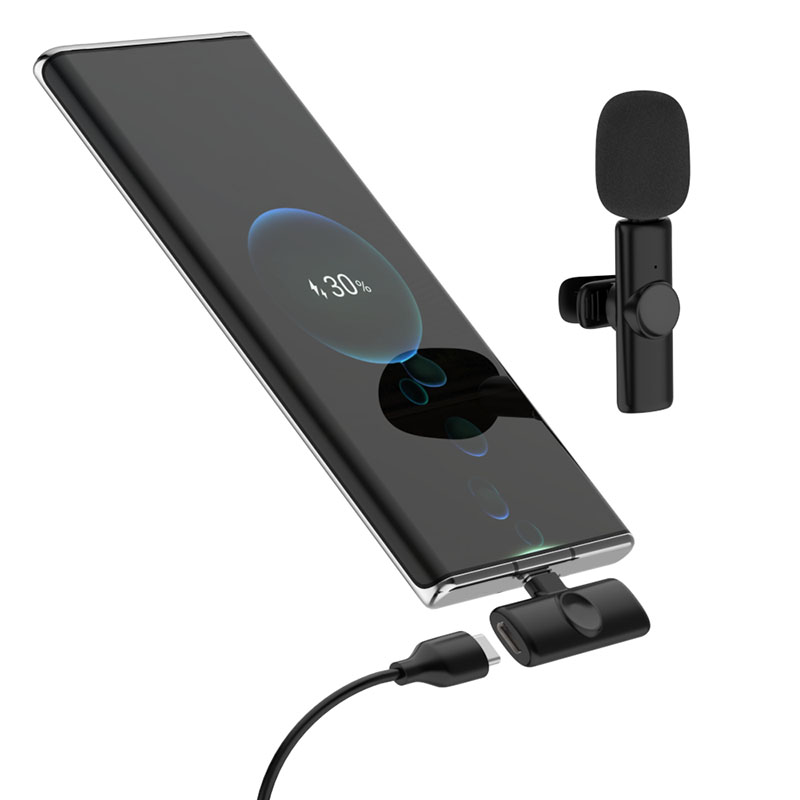How Does A Wireless Microphone Work
How Does A Wireless Microphone Work
How Does A Wireless Microphone Work

Wireless microphones have become an essential tool in various fields, including live performances, broadcasting, public speaking, and even casual use. Unlike traditional wired microphones, wireless microphones offer greater mobility and flexibility, allowing users to move freely without being tethered by cables. But how do these devices work? Let’s dive into the technology behind wireless microphones.
Basic Components of a Wireless Microphone System
CNBEWIN wireless microphone system consists of three main components:
- Microphone: This is the part that captures sound. It can be a handheld microphone, a lavalier (clip-on) microphone, or a headset microphone.
- Transmitter: The transmitter converts the audio signal from the microphone into a radio frequency (RF) signal and broadcasts it wirelessly. It is usually built into the microphone or attached to it.
- Receiver: The receiver picks up the RF signal from the transmitter and converts it back into an audio signal. The receiver is typically connected to a sound system, such as a mixer, amplifier, or recording device.
How Wireless Microphones Transmit Sound
- Sound Capture: The microphone captures sound waves and converts them into an electrical audio signal. This process is similar to how wired microphones work.
- Signal Modulation: The transmitter takes the electrical audio signal and modulates it onto a radio frequency carrier wave. This modulation can be done using different techniques, such as Frequency Modulation (FM) or Digital Modulation, depending on the system.
- Transmission: The modulated RF signal is then transmitted through an antenna. Wireless microphones typically operate in specific frequency bands, such as VHF (Very High Frequency) or UHF (Ultra High Frequency). UHF systems are more common today due to their ability to provide clearer signals and operate over longer distances.
- Reception: The receiver, equipped with its own antenna, picks up the transmitted RF signal. It then demodulates the signal, separating the audio information from the carrier wave.
- Audio Output: Finally, the demodulated audio signal is sent to the sound system, where it is amplified and played through speakers or recorded for later use.
Frequency Bands and Interference
Wireless microphones operate within specific frequency bands, which are regulated by government agencies (such as the FCC in the United States) to prevent interference with other wireless devices. Common frequency bands include:
- VHF (Very High Frequency): Ranges from 30 MHz to 300 MHz. VHF systems are generally less expensive but more susceptible to interference from other devices.
- UHF (Ultra High Frequency): Ranges from 300 MHz to 3 GHz. UHF systems offer better signal quality and are less prone to interference, making them ideal for professional use.
Interference can occur when multiple wireless devices operate on the same or nearby frequencies. To mitigate this, many wireless microphone systems offer frequency agility, allowing users to switch to a different frequency if interference is detected.
Digital vs. Analog Wireless Microphones
Wireless microphones can be either analog or digital:
- Analog Wireless Microphones: These systems modulate the audio signal onto a carrier wave using analog techniques. While they are generally less expensive, analog systems are more susceptible to noise and interference.
- Digital Wireless Microphones: Digital systems convert the audio signal into a digital format before transmission. This results in higher sound quality, reduced interference, and increased security, as digital signals are harder to intercept. However, digital systems tend to be more expensive.
Advantages of Wireless Microphones
- Mobility: Users can move freely without being restricted by cables.
- Convenience: Wireless systems are easier to set up and dismantle, especially in large venues.
- Aesthetics: Without visible cables, wireless microphones provide a cleaner look, which is particularly important in broadcasting and live performances.
Conclusion
Wireless microphones have revolutionized the way we capture and transmit sound, offering unparalleled flexibility and convenience. By understanding the basic principles of how they work, users can make informed decisions when choosing the right wireless microphone system for their needs. Whether for a live concert, a corporate presentation, or a film production, wireless microphones continue to play a crucial role in delivering clear and reliable audio.




